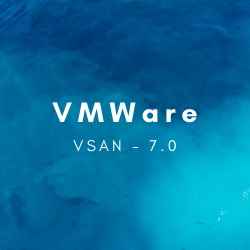Assignable Hardware in vSphere 7 provides a flexible mechanism to assign hardware accelerators to workloads. This mechanism identifies the hardware accelerator by attributes of the device rather than by its hardware address. This allows for a level of abstraction of the PCIe device. Assignable Hardware implements compatibility checks to verify that ESXi hosts have assignable devices available to meet the needs of the virtual machine.
It integrates with Distributed Resource Scheduler (DRS) for initial placement of workloads that are configured with a hardware accelerator. This also means that Assignable Hardware brings back the vSphere HA capabilities to recover workloads (that are hardware accelerator enabled) if assignable devices are available in the cluster. This greatly improves workload availability.
vSphere 7 allows for more portability with VMs assigned to a particular PCIe instance. So VMs currently using dedicated GPUs, network cards, or even fax cards can take advantage of features like HA and DRS.
With the new improvements in vSphere 7, an additional “capabilities” layer is added to each host decoupling the hardware address from the VM and allowing it to migrate to other hosts that have the same assigned PCIe hardware type.
In Summary , Assignable Hardware greatly improves how the customers can utilize hardware accelerators. Bringing back vSphere HA and DRS (initial placement) capabilities for virtual machines that are configured with a PCIe device, is huge

